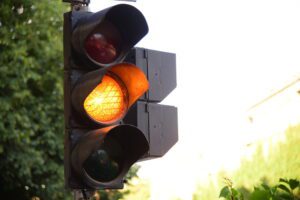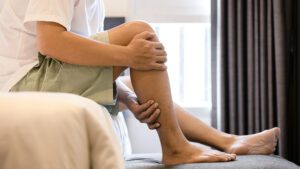Dystonia
What is dystonia?
Dystonia is a chronic movement disorder, existing in the same family as the more well-known Parkinson’s disease. Symptoms of dystonia are defined by involuntary muscle contractions which may worsen with voluntary activity. Sometimes intermittent, sometimes painful, and sometimes sustained, these contractions may resemble tremors, and cause the body to twist into unnatural, repetitive postures and/or movements.
Three common classifications include focal dystonia, generalized dystonia, and segmental dystonia:
- Focal dystonia means one localized part of the body is affected. For example, in cervical dystonia, contractions in the neck muscles pull the head forward or backward.
- Generalized dystonia impacts most or all of the body. DYTI dystonia is a rare form of generalized dystonia; it progresses from the limbs and can eventually lead to severe disability.
- Segmental dystonia affects two or more neighboring parts of the body. With cranio-facial dystonia (Meige syndrome), any areas above the neck (eyes, mouth, tongue, etc.) can show symptoms of dystonia.
While there are a number of additional classifications for dystonia, even within the above categories, symptoms of dystonia and onset vary person to person.
In the United States and Canada, alone, cases of dystonia number into the 300,000’s. Dystonia is not limited to one sex, age group, or background.
What causes dystonia?
It’s hard to specifically pin down one answer to “what causes dystonia.” Some people inherit dystonia (genetic), while others develop contractions as a symptom of another disorder (acquired). What’s surprising is not the variance in what causes dystonia, but in the unknown quality of its origins. Though researchers believe dystonia begins with abnormalities in the brain’s ability to handle messages regarding movement, why some people develop these abnormalities has yet to be determined. When it is completely unclear as to what causes dystonia, the condition is referred to as idiopathic dystonia.
How do people inherit dystonia?
For a child with genetic dystonia, one parent must be carrying the damaged gene. This dominant manner of inheritance results in a 50% chance that children will also carry this gene. However, even with a family history, people who inherit the gene may show different symptoms of dystonia than others in their family, and some may never develop dystonia at all.
What are the symptoms of dystonia?
Beyond the contractions, symptoms of dystonia run the gambit. They range in location, severity, and frequency, but some symptoms of dystonia include:
– Foot cramps
– Neck pulling
– Eyelid spasms
– Difficulties speaking
– Worsening handwriting
What treatment options are available for dystonia?
Since there are many forms of dystonia, classification and treatment is dependent upon what causes dystonia and other clinical factors, such as the patient’s age when the symptoms of dystonia begin.
Some examples are:
- Tardive dystonia is typically caused by the reaction to a drug. The symptoms of tardive dystonia are only temporary and they can be treated with medication.
- Dopa responsive dystonia, also known as dopamine-responsive dystonia or DRD, is a hereditary progressive form of dystonia. It is inherited and typically presents itself in the first decade of life. Characteristic symptoms of dopa responsive dystonia include increased muscle tone, clubfoot and parkinsonian features. Children with dopa responsive dystonia are often misdiagnosed as having cerebral palsy.
Where can I find more information about dystonia?
Dystonia Articles






A Visual Tip to Slow Down and Not Over Do it and Hurt Yourself More

September is Dystonia Awareness Month What is Dystonia and What Does it Feel Like?







